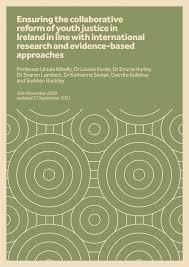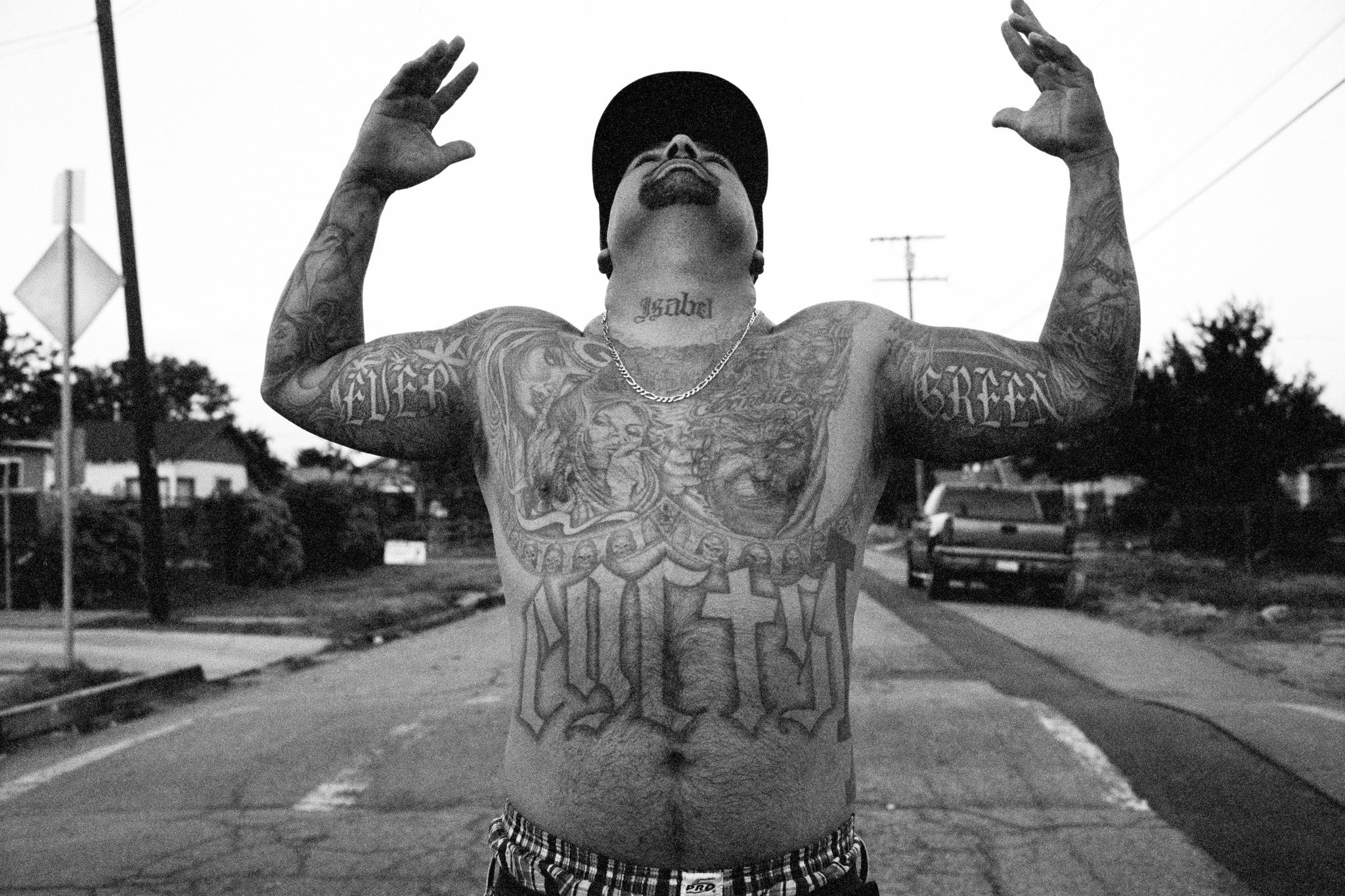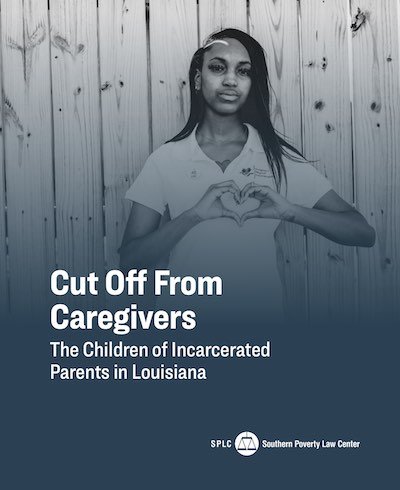By Susannah N. Tapp, PhD; Alexandra Thompson; Erica L. Smith; and Lizabeth Remrey
This statistical brief presents findings on crimes involving juveniles, both as victims and as alleged or perceived offenders. It reports on (1) rates of nonfatal violent victimization of juveniles, (2) the number of deaths of juveniles due to homicide, (3) the percentage of nonfatal violent incidents in which the offender was perceived to be a juvenile, and (4) the percentage of persons arrested who were juveniles. Data are from the Bureau of Justice Statistics’ (BJS) National Crime Victimization Survey (NCVS), the FBI’s Supplementary Homicide Reports (SHR), and the FBI’s National Incident-Based Reporting System (NIBRS). For additional information on these data collections and the similarities and differences between the BJS and FBI crime victimization data, including populations and types of crime covered, see Methodology or The Nation’s Two Crime Measures, 2011–2020 (NCJ 303385, BJS, February 2022).
Washington, DC: U.S. Department of Justice Statistical Brief Office of Justice Programs Bureau of Justice Statistics. 2024, 13pg










